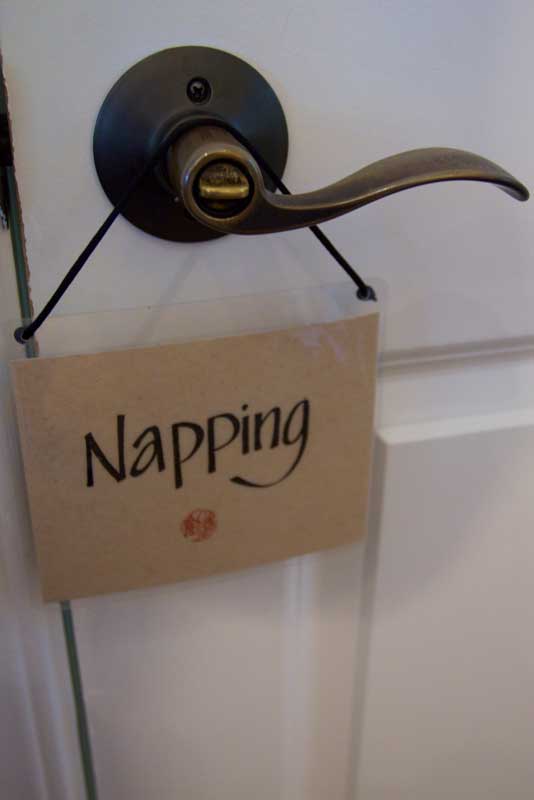By Anne Fisher, contributor @FortuneMagazine
‘I want a raise’
Before asking for a raise — even if you need and deserve it — it’s easy to let self-doubt take over: What if your boss doesn’t think you’re worth the extra money? What if your boss hasn’t had a pay bump for a while, either, and labels you a complainer?
Lobbying for a better salary or perks shouldn’t jeopardize your career, though, if you do it the right way — especially if you’re a valued employee, says Joseph Grenny, who wrote the bestselling Crucial Conversations: Tools for Talking When Stakes Are High.
The key to getting what you want? Stick to the facts, Grenny advises.
“First, research salary data online to find out what other people get paid for jobs like yours in your geographic area,” he says. “Then, be ready to give solid evidence for why your performance merits more money.”
Whatever you do, don’t say you need more money for personal reasons (no matter how urgent), says Grenny.
To make it easier to sell the idea to higher-ups, “you want your boss to see this as an informed business decision, not a charitable contribution,” he says.
‘My performance review was unfair’
If your annual review didn’t reflect your true wonderfulness, don’t stew in silence, says Joseph Grenny, an executive coach at VitalSmarts, a leadership development firm in Provo, Utah.
Even the best-intentioned leaders are so overworked in these lean times that your achievements may sometimes slip past them. Or they may blame you for a problem when there are other, fixable reasons why it’s occurring.
“Saying nothing may be a bigger risk than speaking up,” says Grenny.
Since a so-so (or worse) appraisal in your HR file could unfairly block you from bigger career opportunities down the road, “you need to calmly set the record straight” about specific comments or complaints you believe are inaccurate, says Grenny.
Also ask your boss to go into detail about what he or she needs from you. Try to get insights into how this manager defines a job well done, says Grenny, and be prepared to do more listening than talking.
Grenny also advises: “Ask for more frequent feedback — maybe even once a week — so you can make course corrections if needed, long before your next formal evaluation.”
‘Something shady (or illegal) is going on’
Let’s hope you never work for a Bernie Madoff type. But if you discover bad deeds are happening in your company, what can you do? Say nothing to your boss, and you risk seeming complicit in the wrongdoing. Speak up and you could earn that dreaded label, “not a team player.”
Luckily, you can be a whistleblower without blowing your career, says Grenny. You’ll need to be diplomatic, though.
“Start the conversation by sharing your good intentions and stressing that you have the boss’s best interest in mind,” Grenny suggests. “Explain the negative consequences you think will follow if the behavior continues.” After all, bilking customers, deceiving investors, and other dodgy practices have been known to destroy companies, taking thousands of careers straight down the tubes. Remember Enron?
If your boss pooh-poohs your worries (“This is how we’ve always done it”), or even retaliates against you (goodbye, raise), take your concerns upstairs.
“At that point, it’s appropriate to approach your boss’s boss,” Grenny says. “But, so you don’t seem to be going behind your boss’s back, suggest that the three of you meet together.”
What if the rot seems to go all the way up the organization chart? In that case, start looking for a new job.
‘I’m not getting what I need to do the job’
If you’re coping with outdated equipment, vintage software, pointless paperwork, unrealistic deadlines, or a perennial shortage of skilled support staff, it’s much harder to work efficiently. And you may blame your boss for being unsupportive or just clueless.
Don’t charge into your boss’s office when you’re completely fed up with the situation, though, says Grenny. Instead, schedule a meeting, and keep in mind that your boss is almost certainly not trying to make you miserable.
“Start the conversation with curiosity rather than anger,” Grenny suggests. So the boss isn’t tempted to tune you out, avoid accusatory, judgmental, or inflammatory language.
Instead, calmly describe the gap between the support you need and the support you’re getting, Grenny advises.
“Explain why you’re concerned, with emphasis on your common goals,” he says. “Next, invite dialogue. Your boss may see the problem differently. If you’re open to others’ points of view, they’ll be more open to yours.”
‘Your strategy is ridiculous’
Ever think, “If I were in charge around here, we’d go in a whole different direction …”? The safest option, of course, is to keep that opinion entirely to yourself.
But if your corporate culture encourages debate and consensus, respectfully disagreeing can pay off. Just make sure it’s clear you have the best intentions for doing so, Grenny says.
“You want to establish up front that, far from trying to undermine your boss, you’re offering a different viewpoint that might help,” he says.
It’s not so much what you say as how you say it, Grenny notes. So tread softly and ask lots of questions. Lay out facts supporting your view that a given plan won’t work, then keep reassuring your boss that your goal is to help the whole team succeed.
Tactfully taking issue with the status quo shows you care, Grenny points out, so “the result of your openness could be a greater openness on your boss’s part as well.” Here’s hoping.
]]>







 Meet Susan Harding
Meet Susan Harding Meet Randy Moser
Meet Randy Moser Meet Meredith Bell
Meet Meredith Bell


